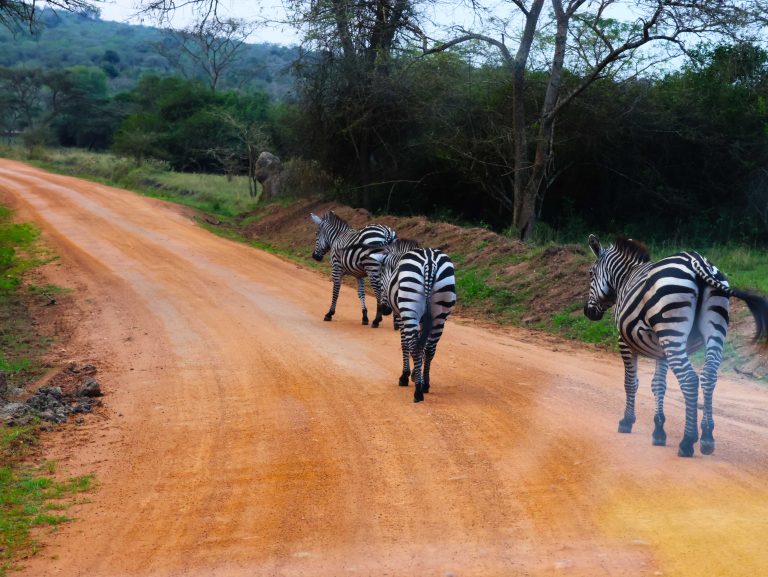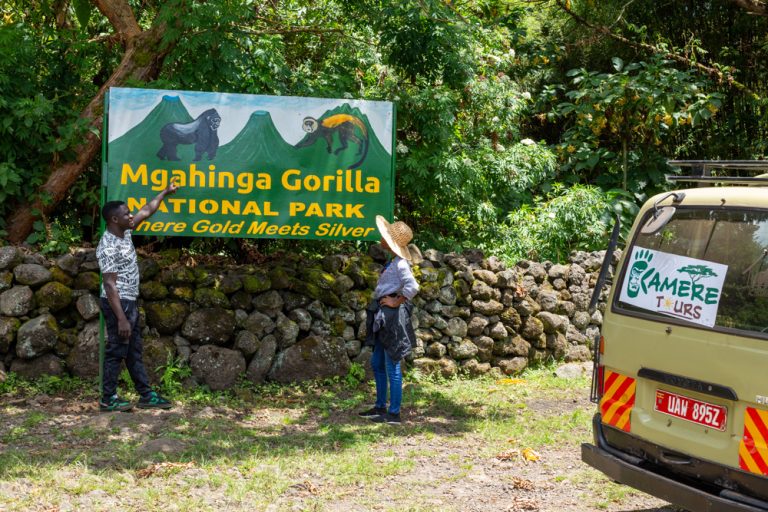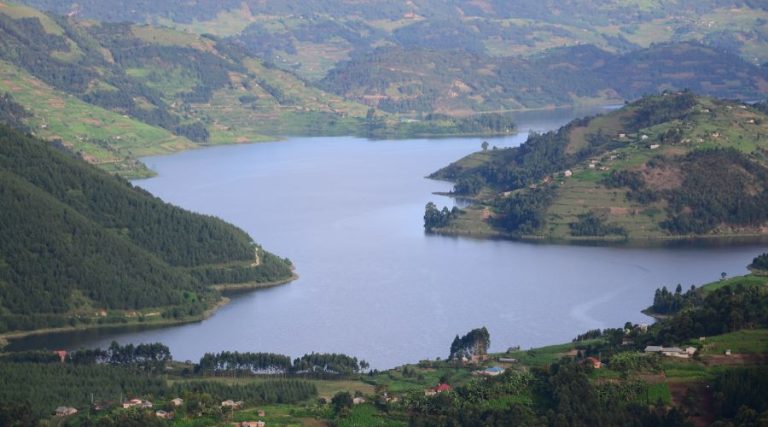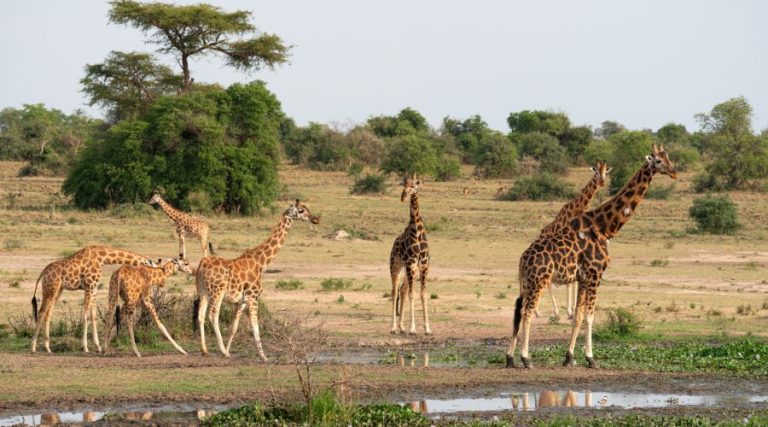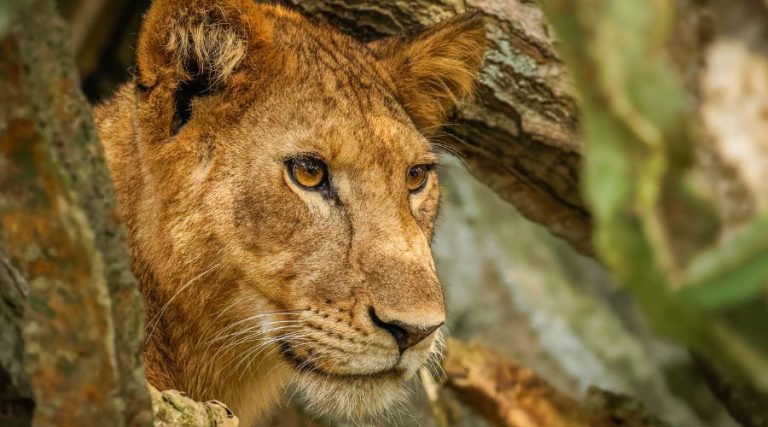Kibale National Park
Discover Kibale National Park: A Primate Haven in Uganda
Related Destinations
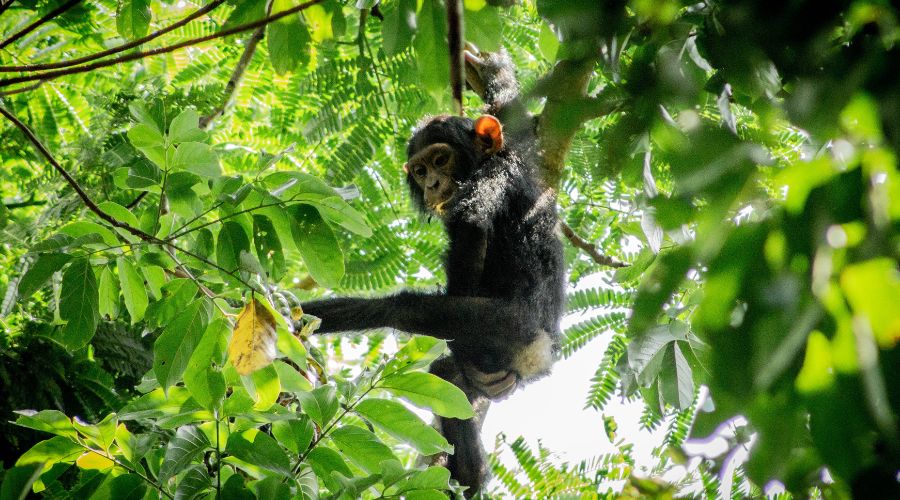
Introduction to Kibale National Park
Nestled between 1,590m and 1,100m above sea level in western Uganda, Kibale National Park lies along the East African Rift Valley near the NdaliKasenda crater. Originally established as a forest reserve in 1932 due to its exceptional biodiversity, it was later designated a game park in the 1990s. Today, Kibale National Park stands as a beacon of primate diversity in Uganda and East Africa, renowned for its rich array of flora and fauna.
Flora and Fauna of Kibale National Park
Kibale National Park boasts a diverse landscape with over 350 tree species, including unique pre-montane forests that are distinct within East Africa. The park encompasses montane and lowland forests housing endangered species such as lovoaswynnertonnii, cordiamillenii, and entandrophragma. The dense canopy, towering at an average of 55m, receives substantial annual rainfall, nurturing a thriving undergrowth of ferns, herbs, and grasses.
Attractions in Kibale Forest National Park
Chimpanzee Trekking and Primate Spotting
Kibale National Park is celebrated as East Africa’s primate capital, hosting the largest concentration of primates in Uganda. While the park is renowned for its chimpanzees, with over 5,000 individuals recorded, it also shelters a remarkable diversity of other primate species not commonly found elsewhere in East Africa. Chimpanzees, sharing over 95% of their DNA with humans, form extensive clans here, offering unparalleled wildlife encounters.
Other Primate Encounters
In addition to chimpanzees, Kibale Forest is home to a variety of monkeys, including L’Hoest Monkeys, endangered Red Colobus Monkeys, Grey Cheeked Mangabeys, Red-tailed Monkeys, and more. The park’s proximity to Bwindi Impenetrable Forest and Queen Elizabeth National Park allows for a comprehensive primate safari experience with minimal travel.
Birding Extravaganza
With over 374 bird species, Kibale’s 180km rainforest ranks among Africa’s premier birdwatching destinations. Birding enthusiasts can spot an array of species such as Abyssinian Ground Thrush, African Grey Parrot, Black Bee-eater, and Blue-breasted Kingfisher amidst the lush greenery.
Other Wildlife
Beyond primates and birds, Kibale National Park boasts a diverse array of fauna, including 14 snake species, over 200 butterfly species, 27 frog species, and 20 types of reptiles. The park’s mammalian residents, nearly 70 species in total, range from bats and bush pigs to forest elephants, buffaloes, leopards, and elusive African golden cats and hyenas.
Cultural Experiences
Visitors to Kibale National Park can immerse themselves in the rich cultural heritage of nearby communities, particularly the Batoro and Bakiga tribes. Explore their traditions, daily life, and historic sites, enhanced by visits to local families or cultural centers offering dance performances, language lessons, and traditional culinary experiences.
Nature Walks and Hikes
Embark on guided forest walks or hikes through Kibale’s diverse landscapes, from tropical forests and grasslands to swamps and rivers. Explore attractions such as Amabere caves or visit Nyaibanda, Nyakalongo, and Kikoni villages to gain insights into local agricultural practices and daily life.
Bigodi Wetlands and Bird Sanctuary
Take a guided nature walk through Bigodi Wetlands Sanctuary, renowned for its birdwatching and primate sightings. This three-hour excursion amidst palm trees and varied vegetation offers glimpses of at least five primate species among over 310 bird species.
Activities for Children
Ensure a family-friendly experience with supervised activities tailored for children by trained rangers and guides. Children can enjoy forest walks, animal sightings, birdwatching, craft-making, photography, and pond dipping, ensuring an educational and memorable safari experience.
Accessing Kibale National Park
Kamere Tours provides seamless access to Kibale National Park, whether through guided road trips from Kampala, navigating scenic routes via Mubende and Fort Portal, or arranging chartered flights from Kajjansi to nearby Ndali or Fort Portal. Their expertise ensures a hassle-free journey, maximizing your time to explore the park’s wonders.
Best Time to Visit
While Kibale National Park can be visited year-round due to its tropical climate, the dry seasons (December to February and June to September) offer optimal conditions with minimal rainfall, ideal for wildlife sightings and comfortable trekking. Birding enthusiasts may prefer the rainy seasons (March to May and late September to November) for bird breeding and migration.
Packing Essentials
Prepare for your adventure with essential items including travel documents, pocket money for small transactions, emergency contacts, long-sleeve clothing, hiking shoes, insect repellent, camera and binoculars, and personal necessities such as medications and toiletries.
Accommodation Options
Choose from a variety of accommodations within and near Kibale National Park, catering to different budgets and preferences. Options include luxury lodges like Primate Lodge Kibale, Eco-friendly retreats such as Chimps’ Nest Uganda, and budget-friendly choices like Nyinabulitwa Country Resort, ensuring comfort amidst stunning natural surroundings.


